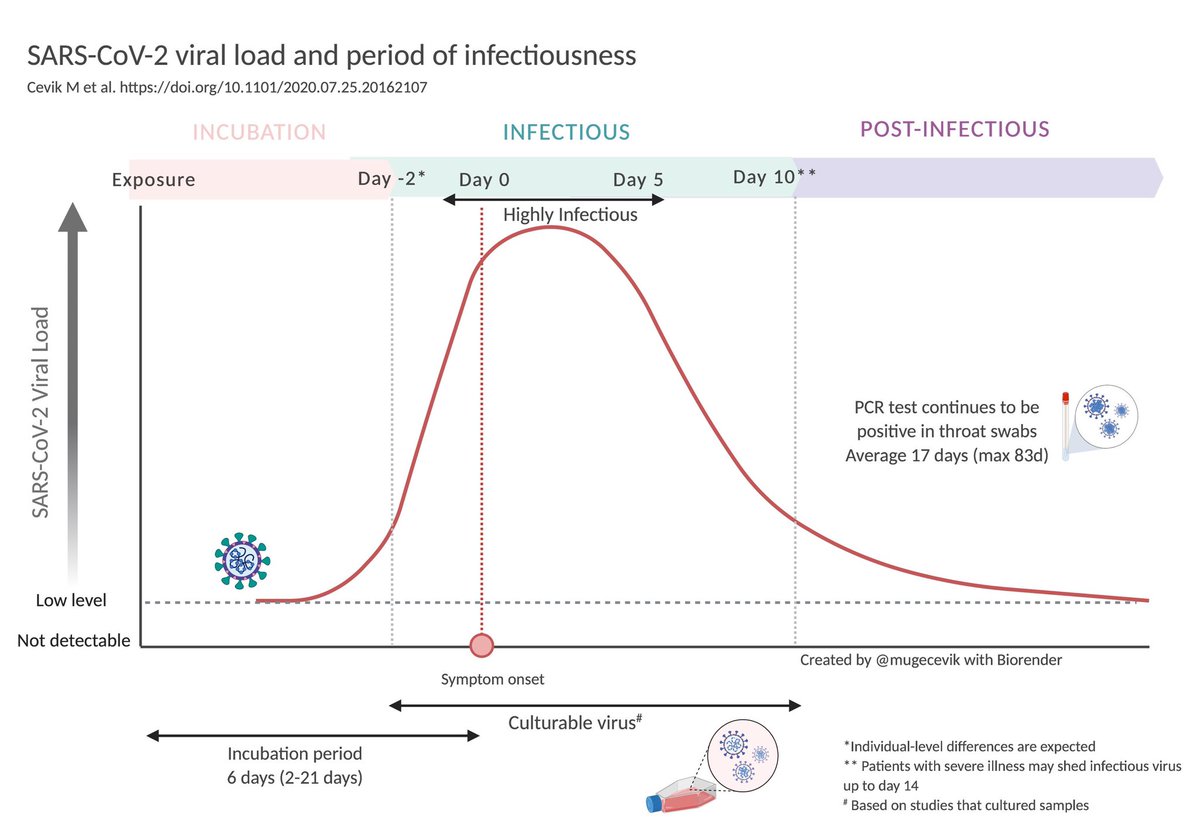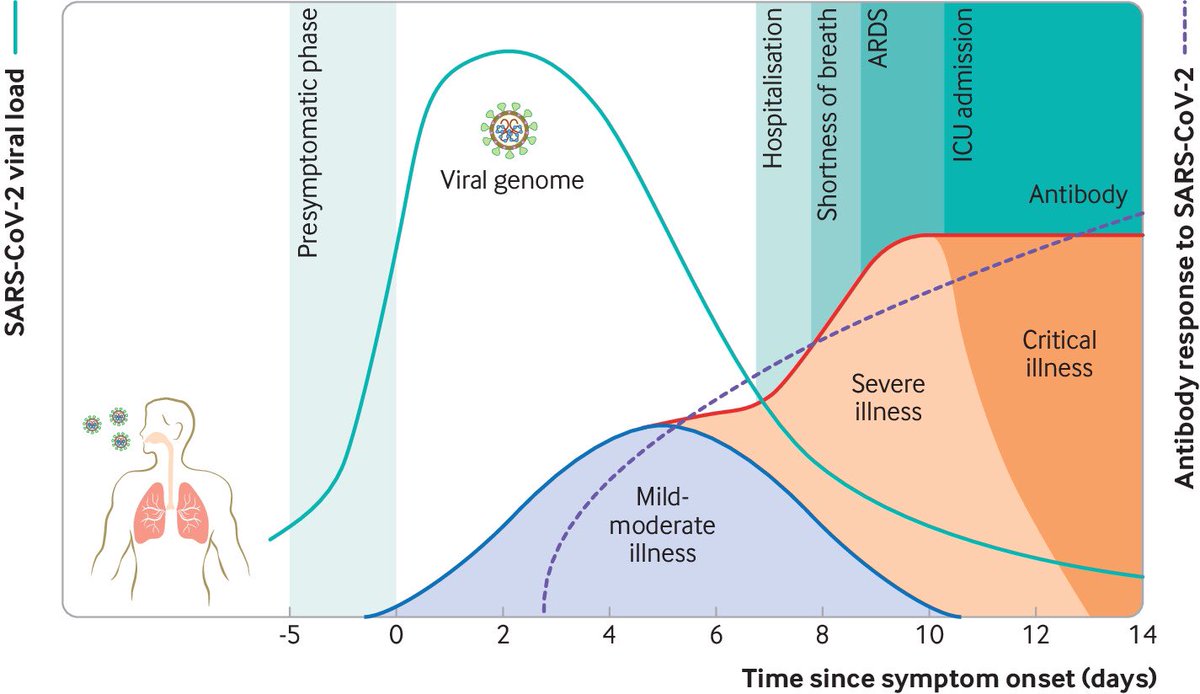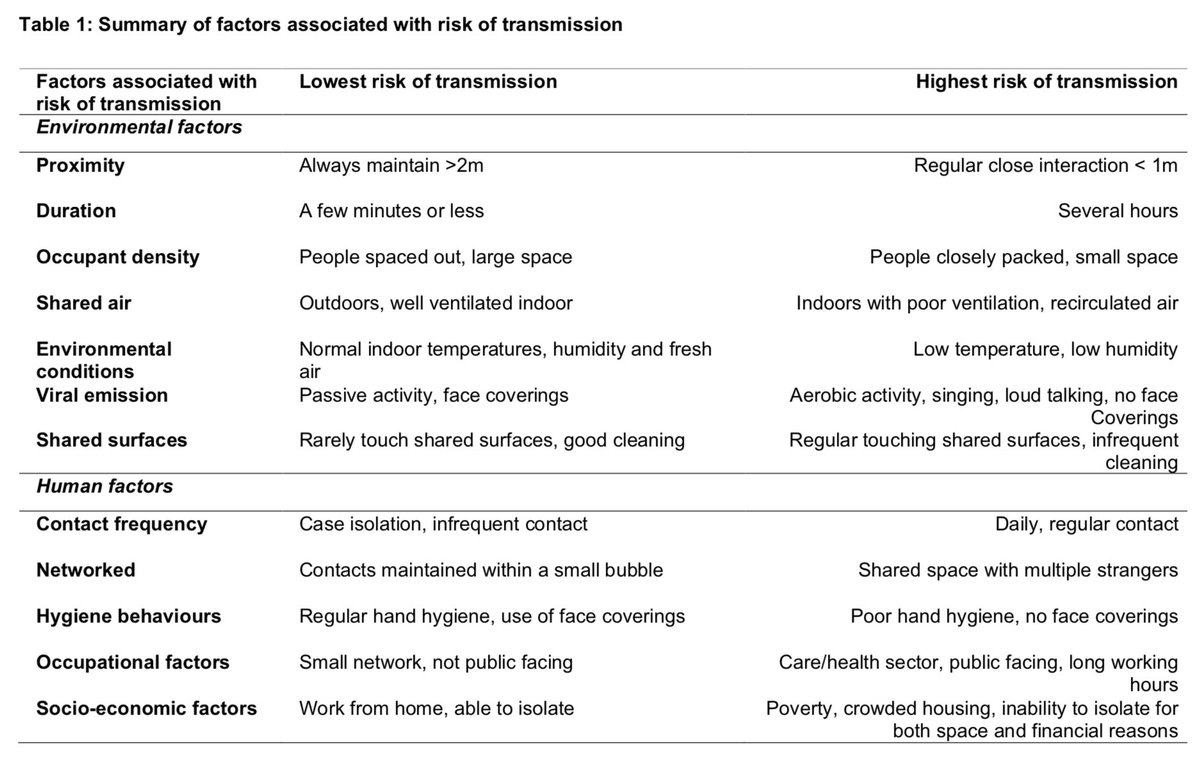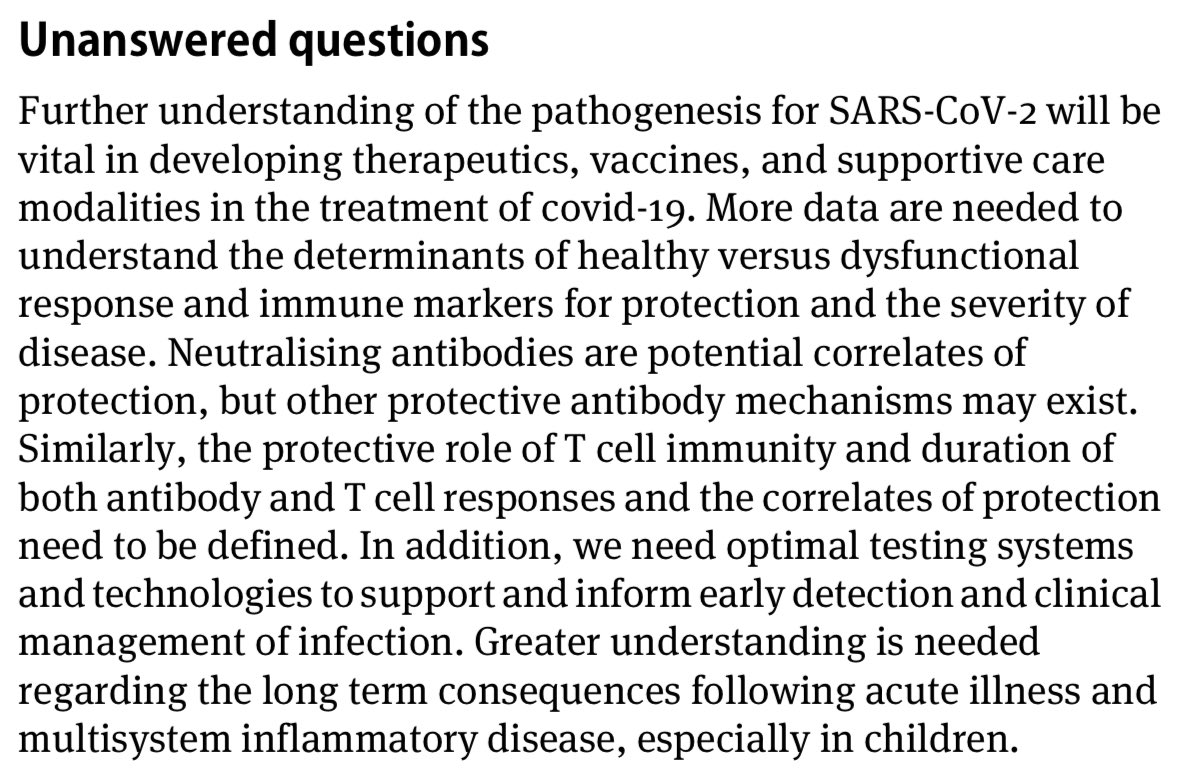Since the emergence of SARS-CoV-2, there has been an unparalleled scientific effort to characterise the virus and the clinical course of #COVID19.
What have we learned so far about #SARSCoV2, how it spreads and causes disease? Thread https://abs.twimg.com/emoji/v2/... draggable="false" alt="🧵" title="Thread" aria-label="Emoji: Thread">(1/9)
https://abs.twimg.com/emoji/v2/... draggable="false" alt="🧵" title="Thread" aria-label="Emoji: Thread">(1/9)
( https://www.bmj.com/content/371/bmj.m3862\)">https://www.bmj.com/content/3...
What have we learned so far about #SARSCoV2, how it spreads and causes disease? Thread
( https://www.bmj.com/content/371/bmj.m3862\)">https://www.bmj.com/content/3...
By Jan 17, only 18d after the initial case reports of atypical pneumonia, we had the interim guidelines for diagnostic testing. By Jan 24, the first descriptions of clinical presentations of disease were published. (2/9) https://twitter.com/mugecevik/status/1221020657242333184?s=20">https://twitter.com/mugecevik...
Now, we have a much better understanding of #SARSCoV2 – how it differs from SARS-CoV-1, how it binds to and invades human cells, spreads and causes disease. (3/9)
( https://www.bmj.com/content/371/bmj.m3862)">https://www.bmj.com/content/3...
( https://www.bmj.com/content/371/bmj.m3862)">https://www.bmj.com/content/3...
For instance, in the respiratory tract, peak SARS-CoV-2 load is observed around the time of symptom onset or in the 1st week of illness, which indicates the highest infectiousness potential just before and after symptom onset. (4/9)
( https://www.bmj.com/content/371/bmj.m3862)">https://www.bmj.com/content/3...
( https://www.bmj.com/content/371/bmj.m3862)">https://www.bmj.com/content/3...
#Covid19 follows a biphasic pattern of illness that likely results from an early viral response phase and an inflammatory second phase. The immune response plays a substantial role in determining clinical outcomes. (5/9)( https://www.sciencedirect.com/science/article/abs/pii/S1198743X20302317)">https://www.sciencedirect.com/science/a...
We& #39;ve also learned a lot about how it spreads from person to person. By May, evidence indicated that the majority of transmission events occur via sustained close range transmission and poorly ventilated indoor environments pose a greater risk. (6/9)
https://twitter.com/mugecevik/status/1308080056384843777?s=20">https://twitter.com/mugecevik...
https://twitter.com/mugecevik/status/1308080056384843777?s=20">https://twitter.com/mugecevik...
The complexity of transmission is now much better understood including the environmental and human factors associated with the risk of transmission and how we can mitigate the risk. (7/9)
( https://www.gov.uk/government/publications/sars-cov-2-transmission-routes-and-environments-22-october-2020)">https://www.gov.uk/governmen...
( https://www.gov.uk/government/publications/sars-cov-2-transmission-routes-and-environments-22-october-2020)">https://www.gov.uk/governmen...
Scientific progress has been very encouraging over the last 10 months; however, there are still many unknowns, and scientists are working tirelessly to answer these questions. (8/9)
This thread is based on our recent @bmj_latest education article. It was a challenging task to put this review together considering the pace of the emerging data. h/t to my co-authors Dr @KrutikaKuppalli, Dr @KindrachukJason & Prof Malik Peiris. (9/9)
https://www.bmj.com/content/371/bmj.m3862">https://www.bmj.com/content/3...
https://www.bmj.com/content/371/bmj.m3862">https://www.bmj.com/content/3...

 Read on Twitter
Read on Twitter






